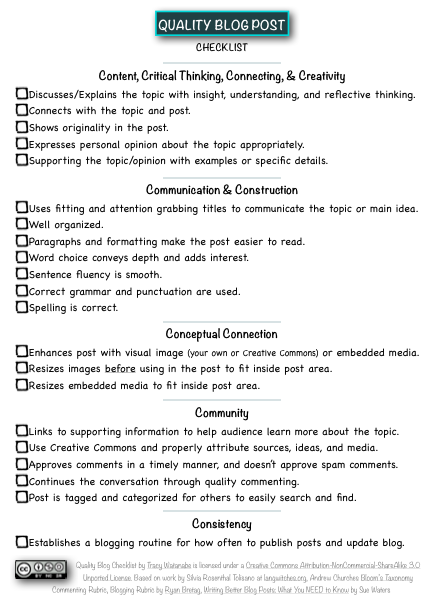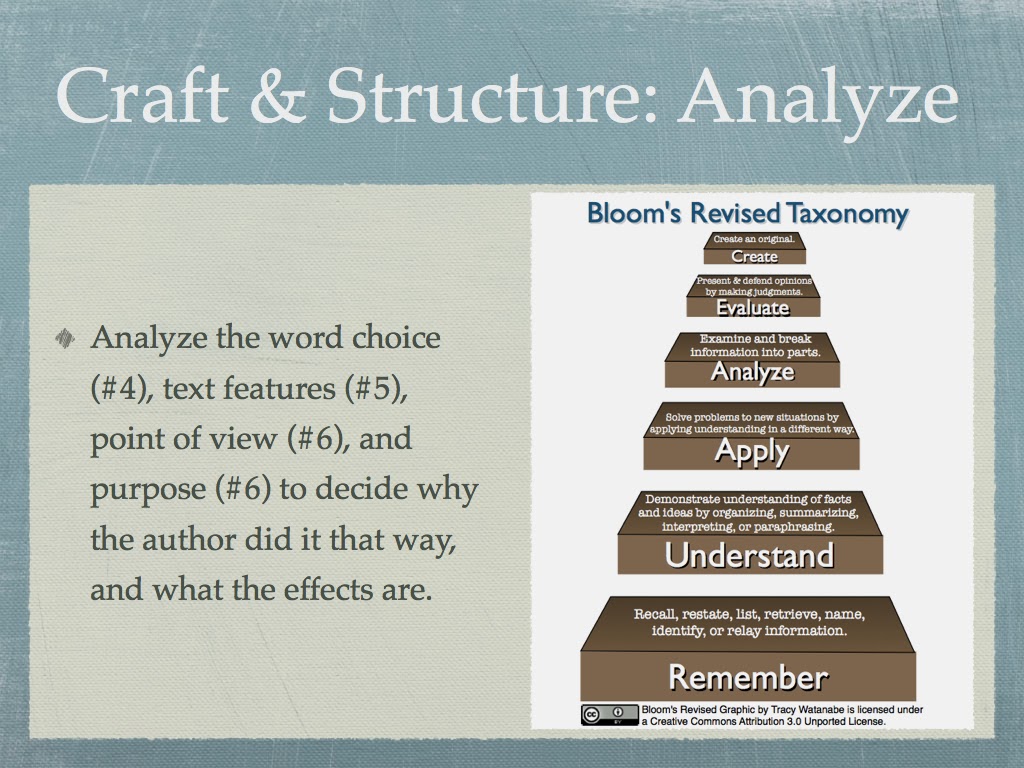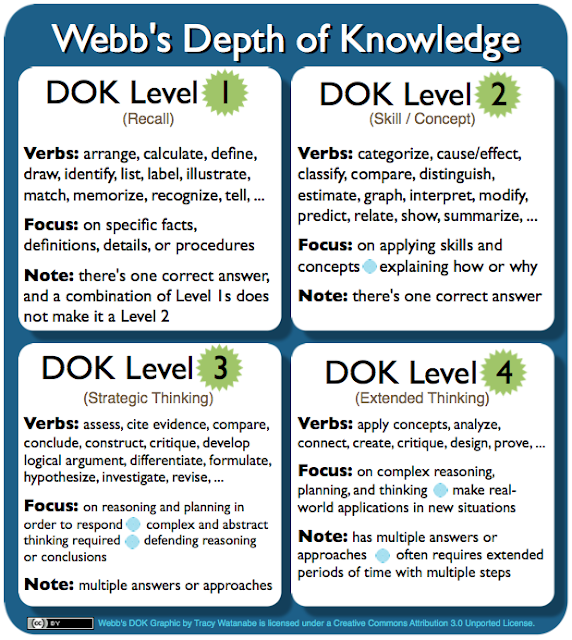Project Based Learning First Steps
Preconceived Scare-Factors about PBL
In the past year, I've heard the following three preconceived notions about PBL:
PBL Benefits
PBL is good for all learners. When PBL is done correctly, it engages the students in their learning. They are motivated by an authentic purpose that peeks their curiosity. Learning is differentiated through product, process, possibly content, choice, etc. Various learning styles are met, and student strengths are nourished. Teachers can work with small groups, and can meet individual needs.
PBL allows students to use their knowledge and understanding in new and creative contexts. By working at Bloom's higher levels of thinking, students retain and remember the lower levels while learning how to problem solve and use critical thinking. Therefore students get more out of PBL than direct instruction or lecture.
PBL does takes teacher planning time and student learning time, but it's time well spent! I notice less reteaching needed because PBL focuses on the top three levels of Bloom's Taxonomy, which allows learners to make connections and explore learning in depth.
This depth and motivation is not something they easily forget, thus they retain their learning. Students actually do better on multiple choice tests because it tests knowledge that they understand at such a high level.
Final Thoughts
The first steps of PBL are scary, but worth it. If your students are motivated to learn; willing to work harder because of their active engagement; will learn some of the "basics" while moving to the higher levels of Bloom's; and will learn more, then what's stopping you?
- What will make/What made PBL an easier transition for you?
- How does PBL look in your room?
- How do you get ideas and share resources that can be used for PBL?
- What else would you like to add?




Retweet! (instead of "ditto") :) I have been suggesting these same ideas for years, and I do plan one or two projects a year according to interests of my students.
ReplyDeleteI especially like your statement, "I notice less reteaching needed because PBL focuses on the top three levels of Bloom's Taxonomy, which allows learners to make connections and explore learning in depth." More and more we read about brain research mentioning connections -- the more connections we make, the deeper the learning. And connections are made when at those higher levels of Blooms, and during the conversations and sharing involved in PBL.
I look forward to your implementation and learning from you so I can do more.
Here is my Diigo slidewhow for my PBL list: http://slides.diigo.com/list/sheri42/pbl
Hi Sheri,
ReplyDeleteI love your slideshow! There are several resources in there that I don't have in my bookmarks, so I'm excited to explore them more. I will tweet that out and share with others in my next PBL class (in 2 days). It will be the 4th one this summer! Woot!
Thanks also for bringing up the research about how the brain works and learns through connections, which is what we see in PBL.
I look forward to learning with you too!
Kind regards,
Tracy
Hi Tracy!
ReplyDeleteI think what makes PBL an easier transition is to focus on your vision for your students, and of the kind of teacher you want to be. I aspire to have a student-centered classroom, and although I'm not there yet, I recognize that PBL will help me achieve my goal. My specific goal for this year is to let student needs and interests direct my teaching/facilitating, which is why this year I've tried to resist creating detailed plans for PBL over the summer. I want them to show me what they want or need to learn, and the projects will grow out of that. Yesterday I got an email from one of my new students (one I haven't even met yet), suggesting a project she wanted to try in class this year. I am so excited about that!
Hi Shauna,
ReplyDeleteThat is fantastic about the email from your new student with an idea for PBL!
One of the things I've been trying to communicate through the PBL workshops is it looks different for those who are starting PBL compared to those who are well-versed in PBL. You are an example of someone who is so comfortable with PBL that you are looking for authentic problems and authentic learning experiences based on their interests and needs.
I am excited for your students!
Kind regards,
Tracy
I made an attempt at PBL last year and it was a total flop. But over the past year I have been researching and designing thorough lesson plans for each PBL task.
ReplyDeleteThe most important lessons I have learned over the last year are
1. Facilitate and hold group discussion 2. plan carefully 3. persevere.
If you believe in the benefits of PBL then dont let one not so perfect experience deter you. I work in a performing arts high school and I know that my students do not learn best in a traditional setting.
Hi Jamie,
ReplyDeleteI appreciate your comment and it is so true that we need to work in a culture that allows us to fail forward, meaning don't let it stop you, but rather, move past it to grow. Your tips are so true also, we continuously need to build in discussion and reflection.
I went to your wiki briefly and see you have some outstanding ideas. I've shared that link and your most recent blog post with some math teachers in my district. I'm looking forward to learning with you.
Kind regards,
Tracy